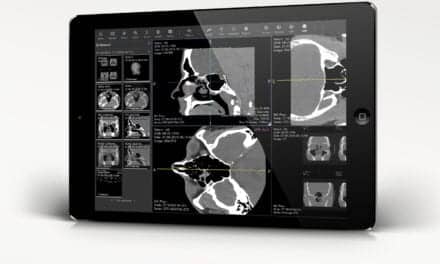 Utter the acronym “PACS” in any radiology department, and you’ll likely get a reply like this one: “Intraorganizational network sharing a digital medical image server,” or similar pithy wordage. But invoked in radiation oncology, the same magic word conjures something quite different, with responses ranging all the way from “Gezundheit!” to “Huh?”
Utter the acronym “PACS” in any radiology department, and you’ll likely get a reply like this one: “Intraorganizational network sharing a digital medical image server,” or similar pithy wordage. But invoked in radiation oncology, the same magic word conjures something quite different, with responses ranging all the way from “Gezundheit!” to “Huh?”
For all the stellar advances in cancer treatment, one remains elusive: filmless radiotherapy. As medical imaging makes huge strides enabled by picture archiving and communications system (PACS) technology, radiation oncology struggles to keep its sibling within sight. The explanation is as simple as the disparity is wide — so simple, in fact, that it can be nailed down with one word: X-ray.
The arrival of PACS should mean that diagnostic and treatment-planning images can finally be integrated with and displayed alongside therapy and treatment-monitoring images. And in fact, they can — if facilities first install electronic portal imaging devices (EPIDs) on their linear accelerators — undertake the Herculean task of scanning their zillions of X-ray films, and have electronic access to diagnostic image servers that can be floors or continents away. Some of the largest cancer centers in the U.S., even with their not-inconsiderable resources, balk at the mere thought of implementing such a system. And therein lies the rub.
Please refer to the October 2001 issue for the complete story. For information on article reprints, contact Martin St. Denis




